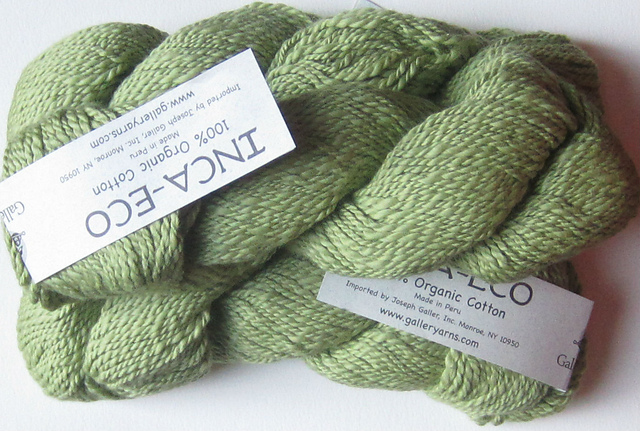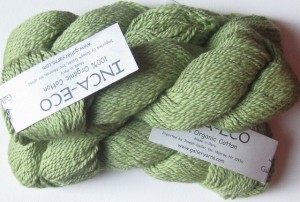
Knitters love making items for babies. These projects are relatively small and portable, and are loved and cherished by parents and little ones alike! Keep in mind these tips when making and caring for baby items.
Identify the right yarn. Accessories, garments, and blankets for newborns, infants, and toddlers generally need to be washed frequently. Choosing
Knitters love making items for babies. These projects are relatively small and portable, and are loved and cherished by parents and little ones alike! Keep in mind these tips when making and caring for baby items.
Identify the right yarn. Accessories, garments, and blankets for newborns, infants, and toddlers generally need to be washed frequently. Choosing yarns that can be both machine washed and dried allows for the most versatility.
Cotton is a breathable, plant based fiber. Cotton typically shrinks, but washing in cold water and drying on a low heat setting can reduce the shrinkage. For parents concerned about eco-impact, there are many organic options available, as well as undyed and low-impact dye options.
Galler Yarns Inca Eco is an organic cotton yarn that uses low impact dyes.
Bamboo is another very breathable, plant based fiber. Bamboo is said to have antibacterial properties. On its own, it is difficult to wash and often loses its shape, so it is often combined with washable wool to create a more elastic yarn that is appropriate for babies.
Acrylic is a synthetic fiber that holds up to washing and drying. Colors don’t fade over time. Acrylic is less expensive than most natural fibers, so it is a great option for larger projects like blankets.
Wool is making a comeback for baby projects. A natural animal fiber, wool is breathable, elastic, and has great stitch definition. Choose a superwash or machine washable wool yarn that has been chemically treated to prevent felting, or knitfelt your project to create a dense and cozy project.
Many “baby yarns” are blends that combine the best elements of some of these different fibers while also reducing cost and making the final project washable.
Many knitters prefer to use thinner yarns for baby projects. Many “baby yarns” are light weight (or DK) yarns. Although projects in thicker yarns can make cuddly toys and blankets, garments in thinner yarns allow newborns and infants a great range of motion.
Consider safety. Babies enjoy chewing on everything, including hand knit gifts! Make sure to weave in ends carefully with a yarn needle to avoid unraveling.
When making toys, avoid buttons or plastic eyes. Use embroidery to decorate facial expressions. Avoid fringes, icord ties, or other stringy adornments that can present a choking or strangulation hazard.
Prepare your project for gifting. Many parents will avoid using hand knit gifts because they worry about damaging these items in the wash. When giving baby items as gifts, always include care instructions. Order sew-in labels, include the yarn ball band, or write the wash instructions on a gift card or tag.
Although many parents will wash gifts before use with a baby detergent, consider washing your project before gifting it anyway. If you smoke, have pets, or have been knitting while commuting or traveling, washing will reduce the presence of germs, strong odors, dust, and dander.
If the parents have a registry, consider selecting yarns that match or coordinate with colors in the nursery. If the gender isn’t yet known (or shared), consider gender-neutral colors. Don’t feel restricted to yellows and whites; experiment with contemporary color choices like teal and chocolate or greens.
By keeping these tips in mind, you will be able to knit wonderful items for babies that can be enjoyed and passed down for years to come! 


